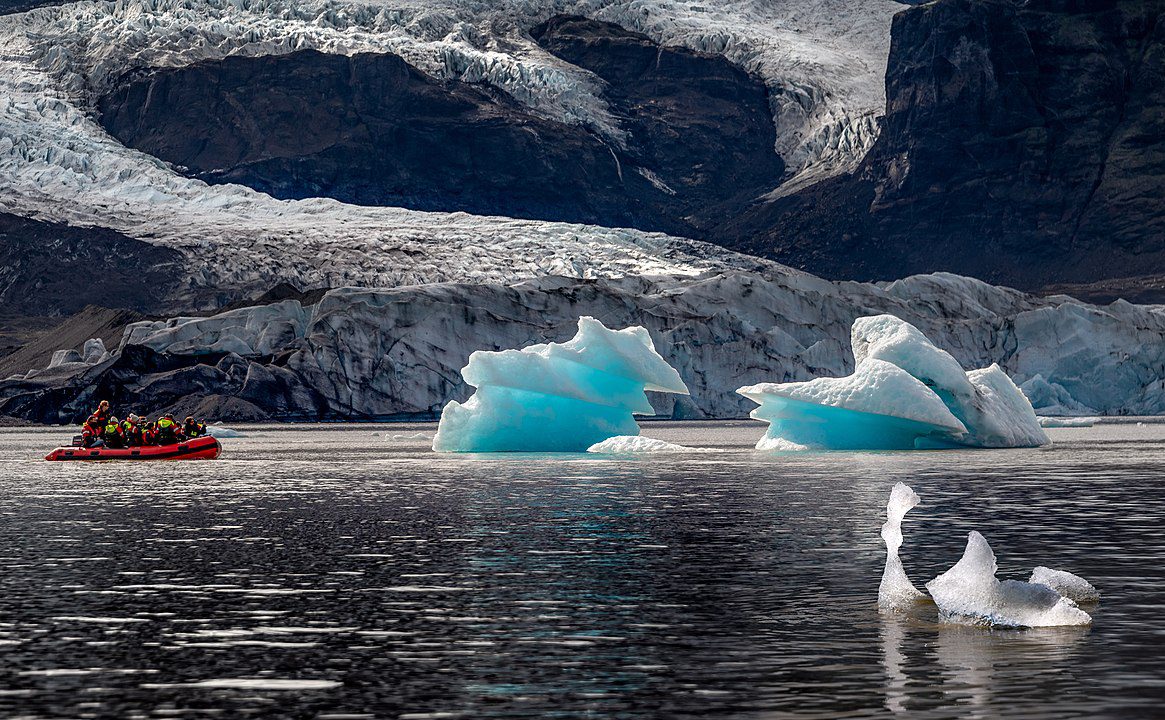
Iceland is a fascinating island nation that has over the last few years been drawing visitors from all over the world with its volcanoes, glaciers, waterfalls, & hot springs. Read on for a complete Iceland travel guide!
History

The first few people to have been on the island — it is believed — were Irish Monks who chose to not settle there and decided to leave instead. The Vikings are said to have been the first settlers, having arrived on the island in the 9th century. They were followed by more Nordic people and Celts.
In the ages that followed, Iceland has joined hands with the Scandinavian Countries, been under Danish rule and later during WWII, decided to become a republic.
What to see and do
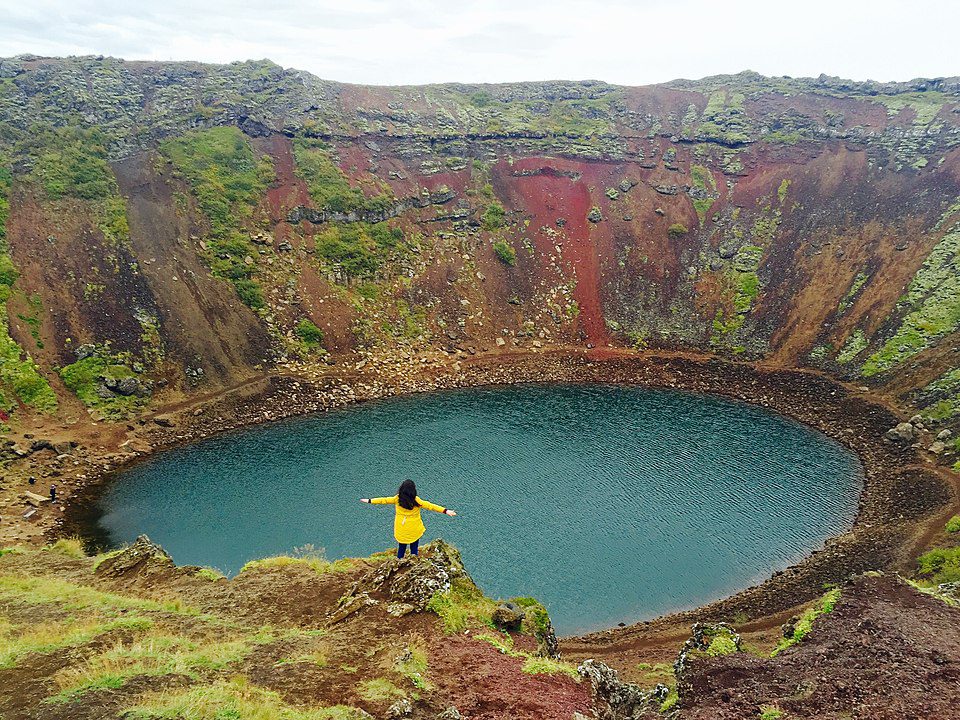
Iceland is known for its natural beauty thanks to its geographical location. Things to see here include mountains, glaciers, lakes, waterfalls, geysers, hot springs, & even a rift valley.
If you have a few days to explore the island, you might want to drive along the Ring Road that runs along the Iceland coast taking you around the nation and showing you a variety of natural phenomena, breathtaking landscapes, & small towns. Also look out for its large number of sheep, wild horses, & puffins.
If you don’t have a lot of time to spend in Iceland, you could see the attractions along the Golden Circle. This tourist circuit starts at Reykjavik and ends there, too. It’ll take you to must-see places like Thingvellir National Park, which lies along a rift valley and has not just waterfalls but was also where the island’s first parliamentary sessions were held. Then there’s the Geysir Geothermal area, Gullfoss Waterfall, Kerid Crater Lake & a secret lagoon.
Other things to do in Iceland include visiting museums to learn about the land’s Viking history, doing some hiking, visiting waterfalls, glacier hiking, exploring ice caves, whale watching, white water rafting, & doing a Northern Lights tour if you’re there in the later part of the year. You might also want to do a food tour to learn about what the early Icelanders ate, and maybe taste a few of those dishes.
For more ideas that aren’t included in this Iceland travel guide, check out my post: Top 10 things to do in Iceland.
Food
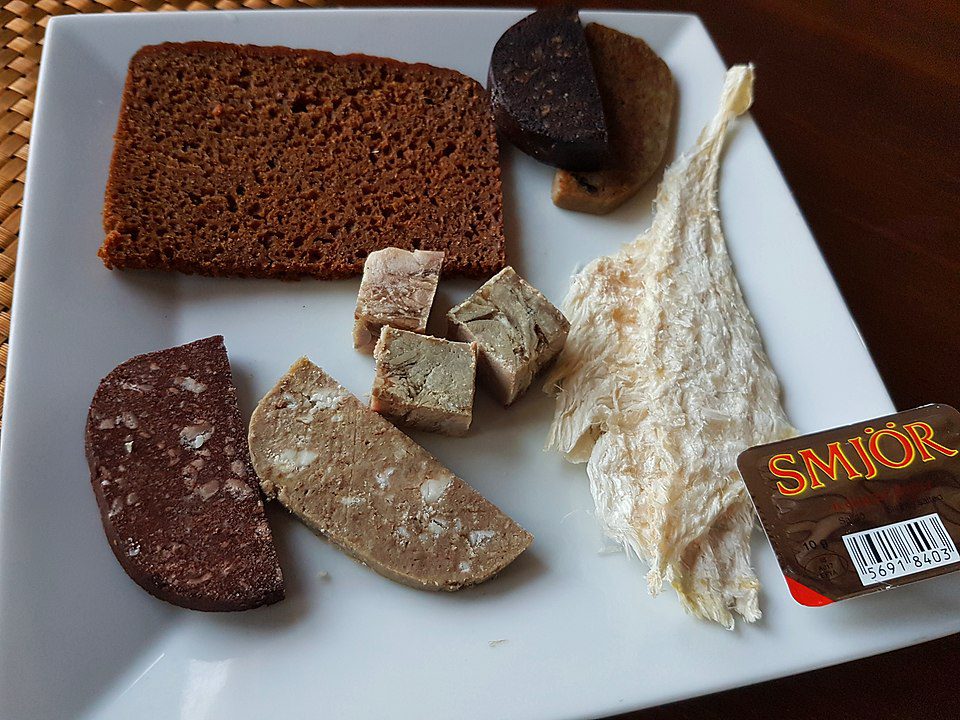
Icelandic food is designed around Arctic fish and meat that could be found on and around the island. Considering that not many fruits & vegetables grow in this climate, Icelanders made do with whatever was available and made the most of the game here.
As such, you’ll see that there are a lot of seafood restaurants serving fish like Cod, Herring, Arctic Char, Atlantic Wolffish, & stockfish. And the fish is prepared in different ways: fried, smoked, dried, grilled, etc. As for the meat, you’ll find lots of lamb, some beef, & pork. Some of the traditional foods here are Harðfiskur (a dried fish dish), Lundabaggi (Sheep’s fat), Svid (Boiled Sheep Head), hákarl (fermented Shark), Hrutspungar (Pickled Ram Testicles), & Lundabaggi (Sheep’s fat).
If you’d like to try the traditional dishes of this island, you could give Þorramatur (an Icelandic feast) a try as many of them are served in it. Þorramatur is usually served during the Þorri season, which falls around late January and early February. And if you’re there in late December, you might get to attend a Þorláksmessa, where you’re served a meal with cured skate. Then there are the controversial meats offered in some restaurants here like whale & puffins, which are considered endangered.
While you’re in Iceland, you might also want to try skyr, a traditional milk product, Pylsur (Reykjavik’s Hot Dog), Icelandic Ice cream, & local rye bread.
For specific restaurants to check out that aren’t included in this Iceland travel guide, check out my post: Best Restaurants in Iceland.
Shopping

Reykjavík is one of the main places to shop. You might want to walk along Laugavegur, the main street in the city to find something to take back home. Check out Thorvaldsens Bazaar, one of the oldest shops in the city which also sells handcrafts. And the biggest flea market here is Kolaportið.
Things you can take back as souvenirs & gifts are Icelandic wool, maybe in the form of hand-knitted sweaters or blankets, lava rock home decor, jewelry, art, ceramic goods, herbal cosmetics, & Icelandic music. If you’re driving around the island, you might want to stop and look at the local crafts in some of the smaller towns.
Generally shopping in Iceland is expensive because of the high import duties & ’value-added taxes.’ However, you should be able to find some stores that have bargain prices. You might also want to make good use of the duty-free shops at the airport.
Geography

Iceland is situated just below the Arctic Circle where the North Atlantic Ocean meets the Arctic Ocean, and where the Eurasian & North American plates meet.
Its unique location on the Mid-Atlantic Range makes Iceland a volcanically active area. And its proximity to the Arctic belt gives it glaciers & glacial lakes. Iceland is often called the land of fire and ice.
Sculpted by volcanoes & glaciers, Iceland is made up of mountains, lots of waterfalls, ice caves, lava beds, basaltic columns, black sand beaches, and lakes with floating icebergs, to name a few of its geographical features.
Accommodation

What’s an Iceland travel guide without including where to stay? Reykjavik — the capital city is a popular place for visitors to stay in while visiting Iceland. In the north, Akureyri is a popular place to stay, and in the south there’s Vik. You’ll also find hotels near Skaftafell & Jökulsárlón.
If you’re exploring the Westfjords, you could stay in Isafjordur or Patreksfjordur. And in the east, you might want to look for something in Egilsstaðir.
Iceland has a good number of hotels in its towns around the country. They are basic but clean & comfortable. When you’re out in the country you can look for accommodation at guest houses, cabins, & cottages. Also in the rural areas are bed & breakfasts and short-term rentals.
Other places where you can find a bed are hostels and some boarding schools that turn into hotels when schools are closed for the summer.
If you’re driving around the island in the summer, you could also use the campgrounds along the Ring Road where you could park your camper van or put up a tent.
Transportation
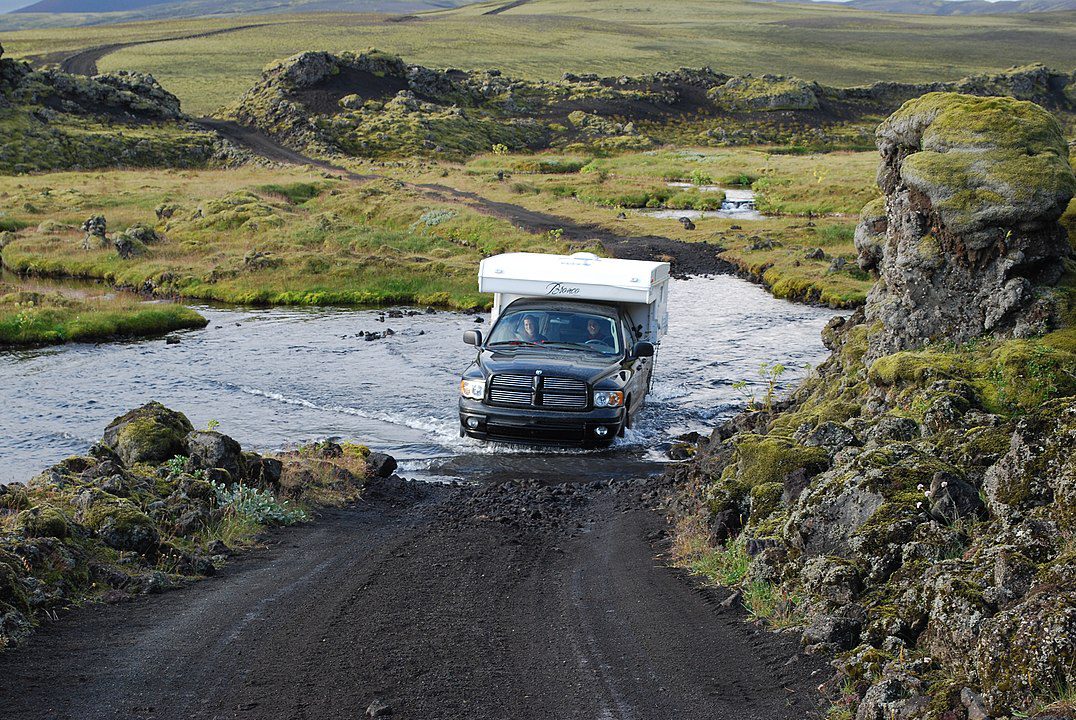
Keflavik Airport — some 50 miles south of Reykjavik — is where international flights land. The Reykjavik Airport mostly handles domestic services and some international flights to Faroe Islands & Greenland. From the airports, you can take the airport transfer buses to get to wherever you’re staying.
Another way to get into Iceland is by Ferry operated by Smyril Line. Their Norrona Ferry from Denmark is what visitors take when they want to bring their own cars and camper vans onto the island. The ferry service is to Seyðisfjörður, on the east coast.
To get around the island, you could take domestic flights, which are many. However, if you plan on exploring, the best way to go about would be by renting a car. Depending on the time of the year or if you’re planning to drive into the highlands, you might want to consider renting a 4-wheel drive. Otherwise, you could rent a camper van that will be just right to drive around the island. It will allow you to stop at the campgrounds by the Ring Road.
Best time to visit
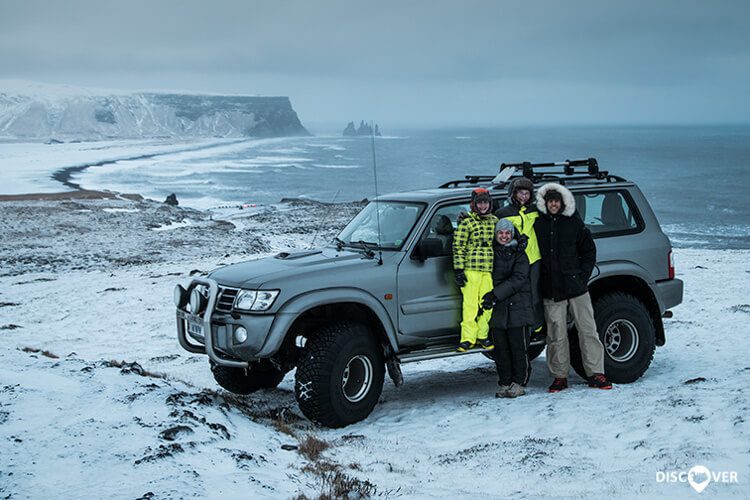
Summer is the most popular season to visit Iceland because the weather allows you to hike and do those long drives around the island. And the days are longer so there’s more time to take a good look at the attractions of the land. You also get to experience the ‘midnight sun’ around this time. As such, June to August is considered the best time to visit Iceland.
Spring & autumn are seasons in which you can see fewer crowds. Plus, your overall trip expenses go down as compared to summer. And there are chances of catching some northern lights, too. But the weather in these seasons is erratic and that could mean making last-minute changes in your travel plans.
In winter, the days are shorter & darker, leaving you with just a few hours to explore Iceland. It may not be the best time to drive along the ring road. And the weather might be harsher. However, room rates will drop and it’s a good time to see the Aurora Borealis!
Nearby destinations
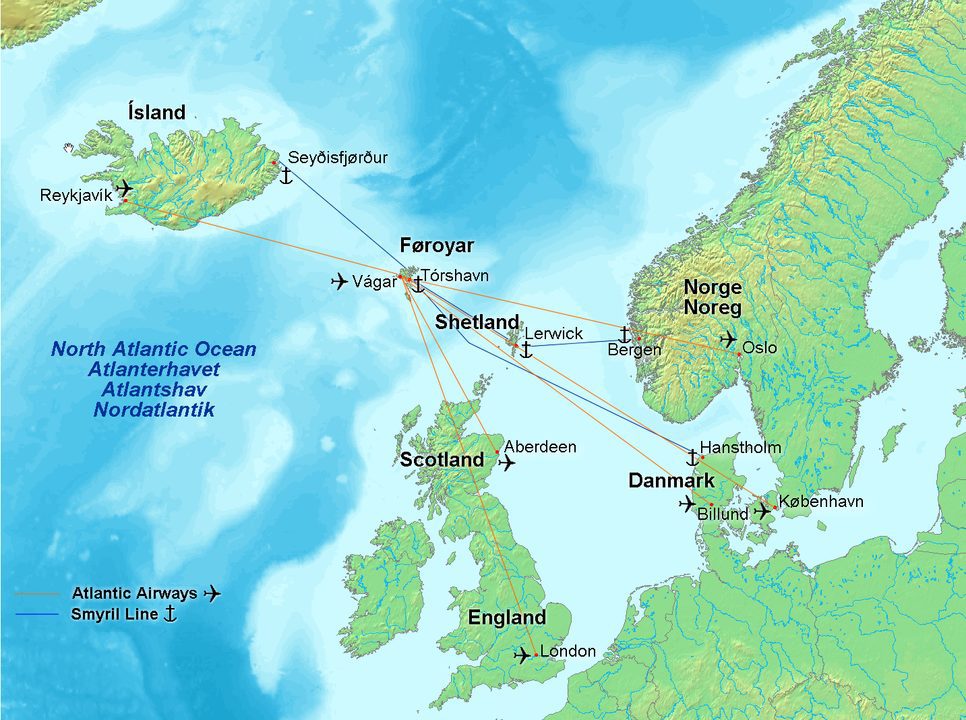
Despite being an Iceland travel guide, I wanted to include places nearby to check out! If you’re taking the ferry to Iceland, you could pair your Iceland trip with some time in Denmark. Or you could even think of visiting the Faroe Islands or Greenland.